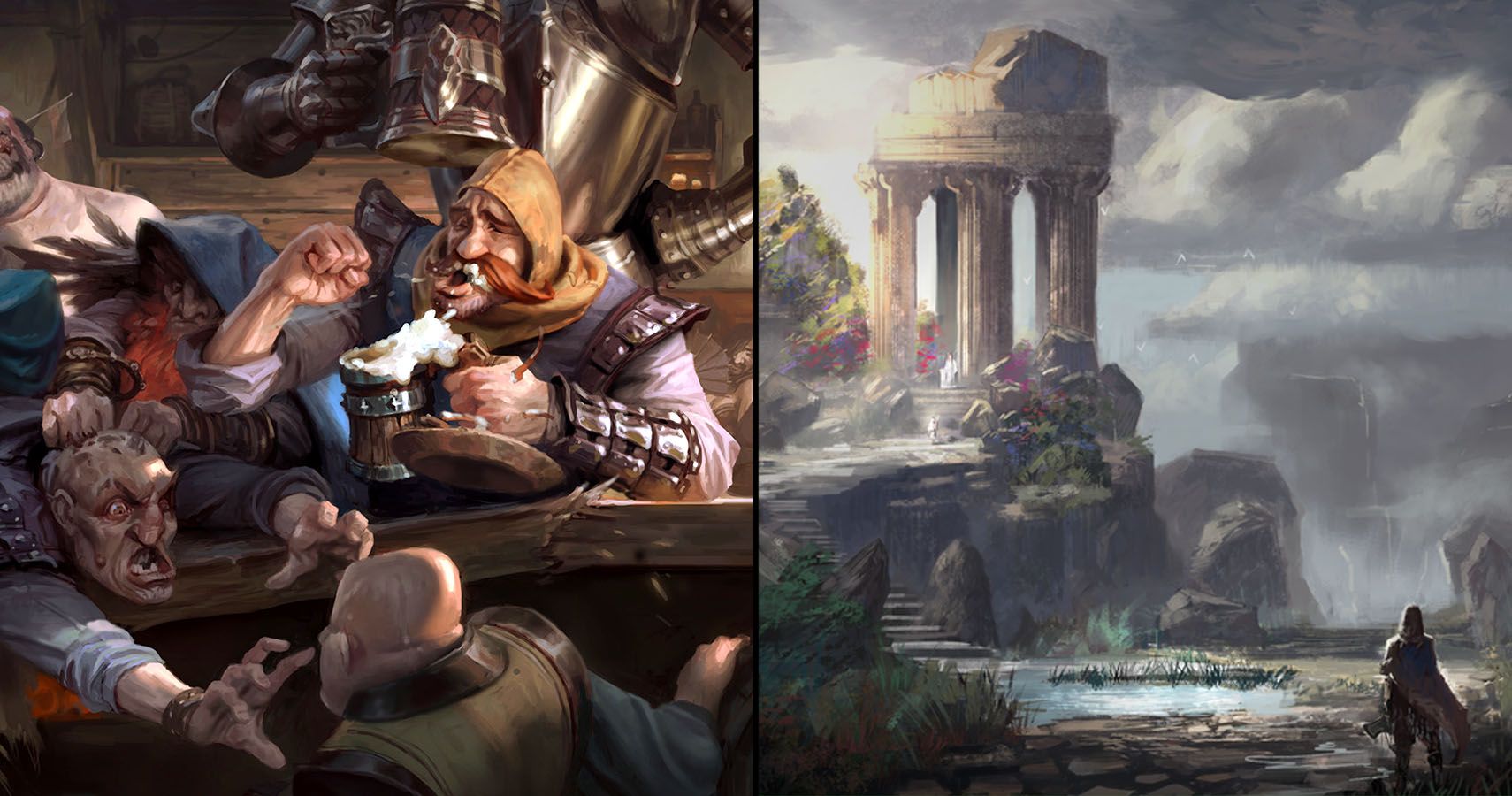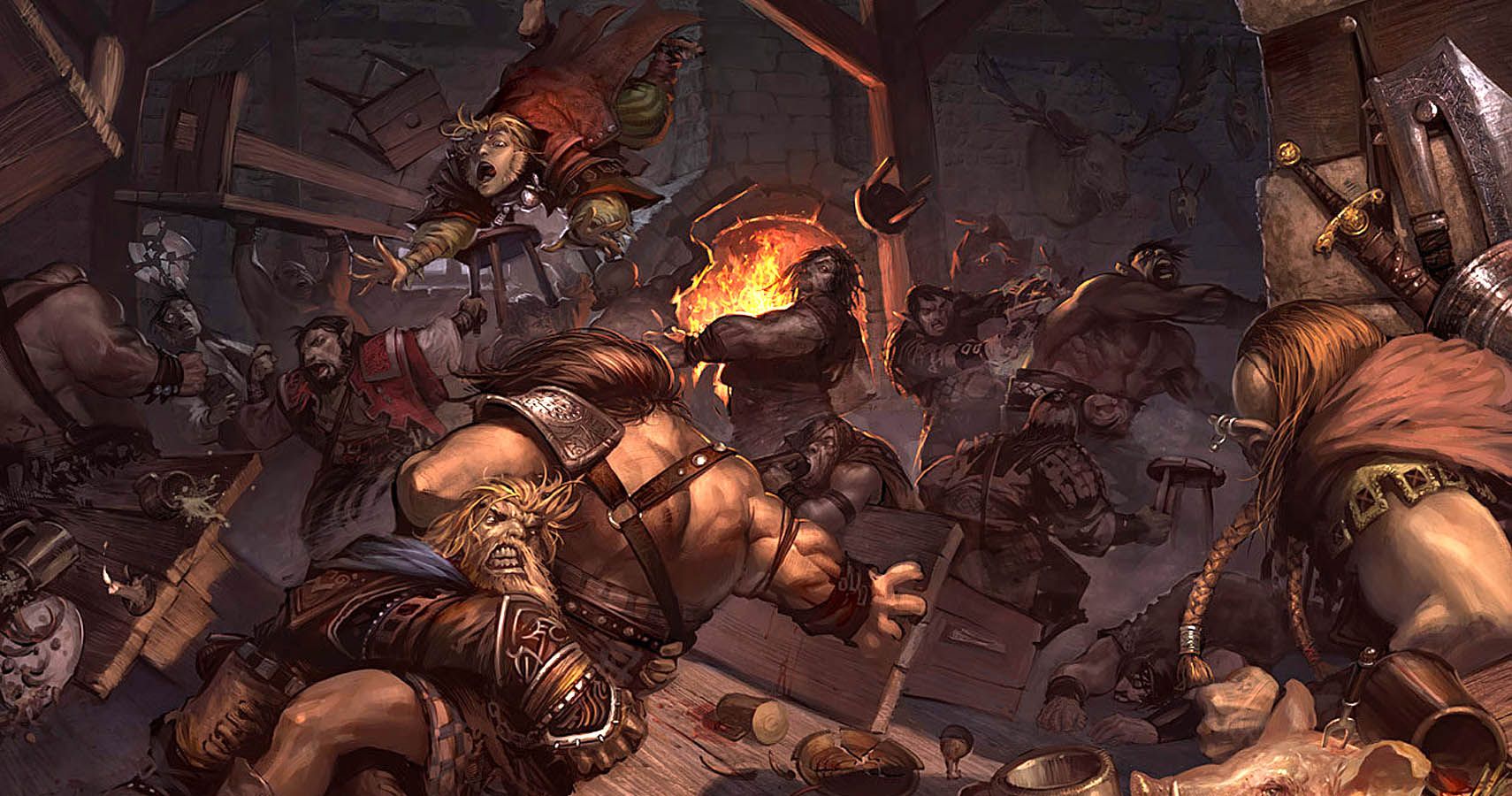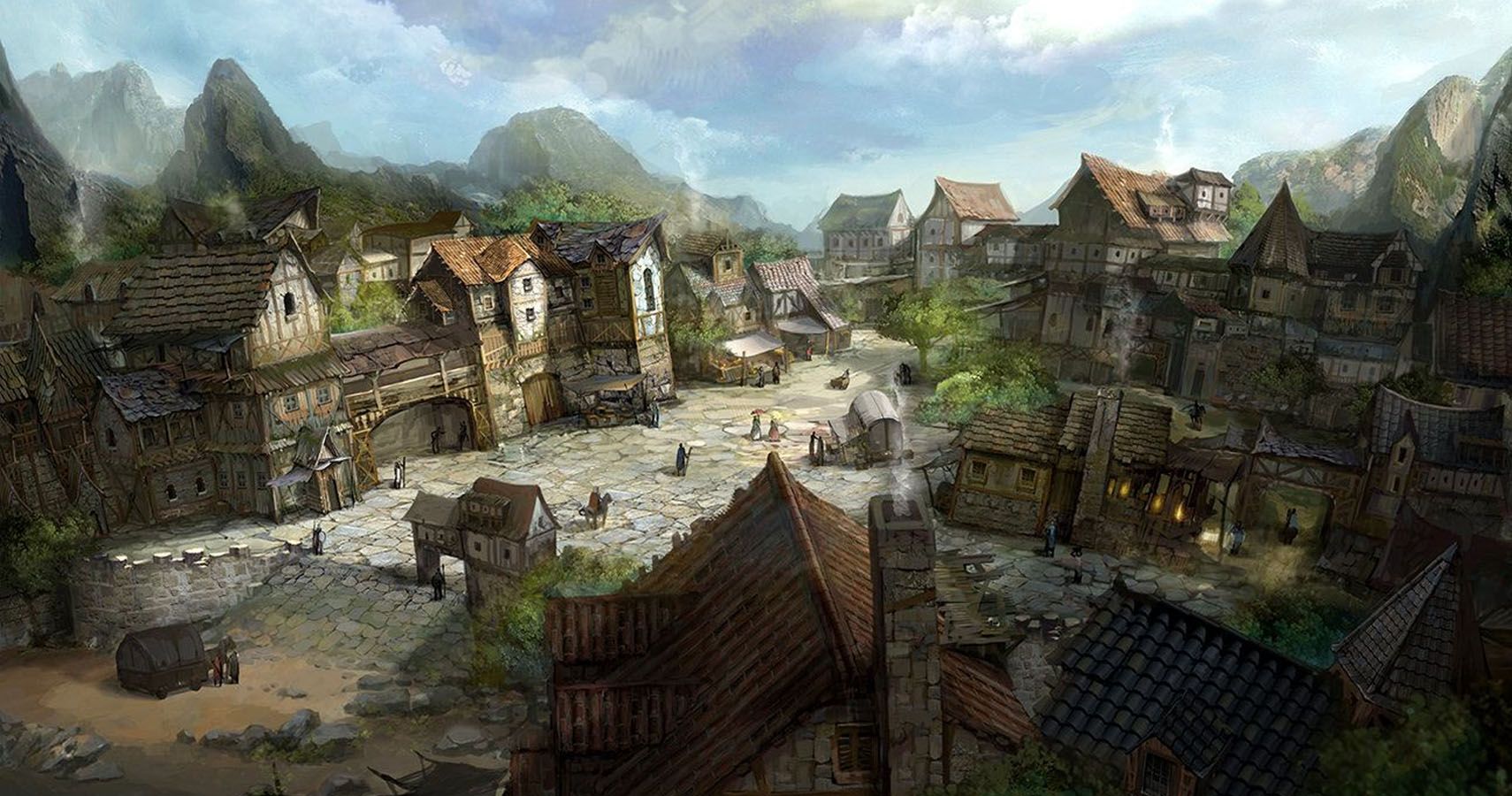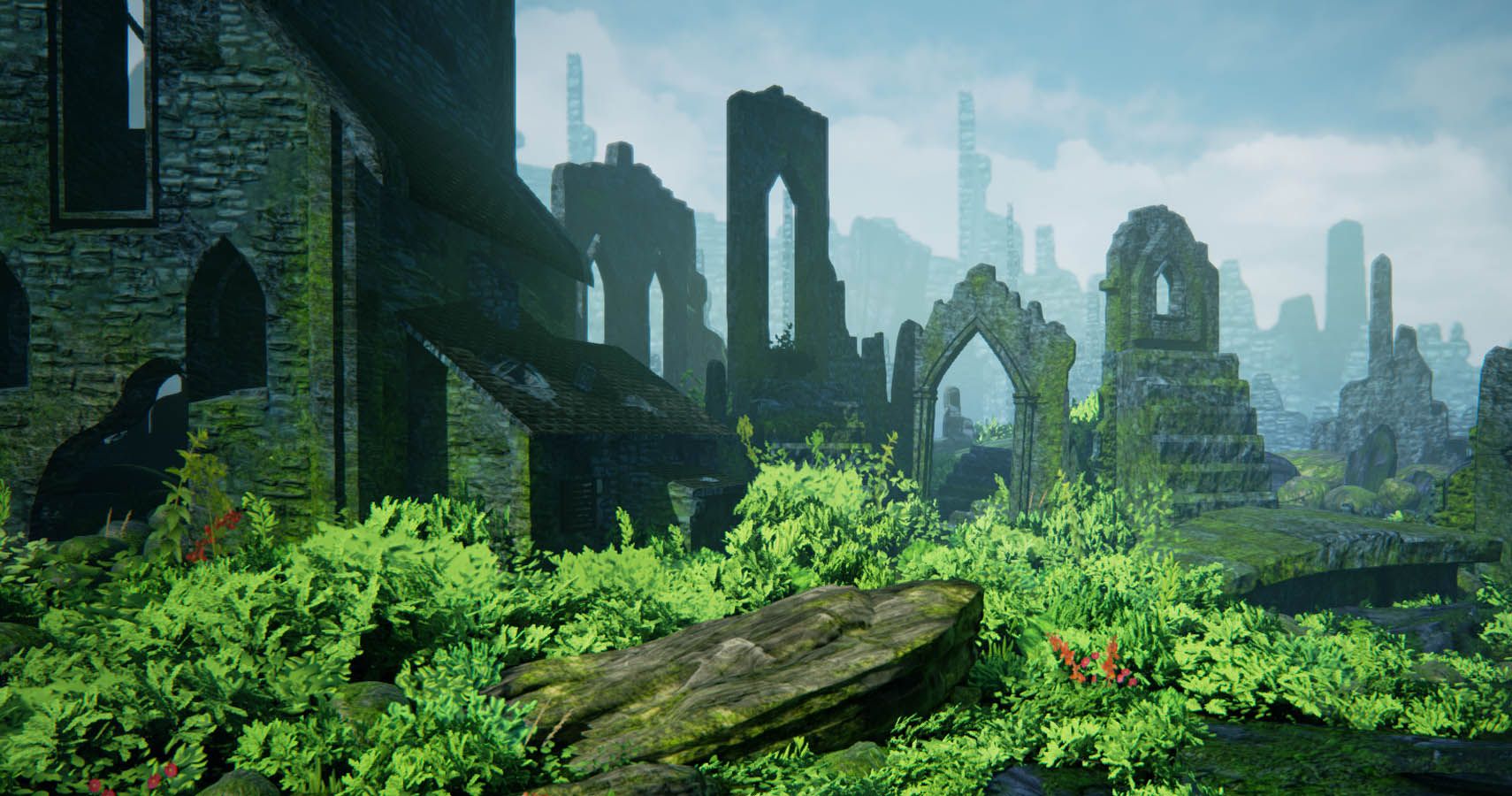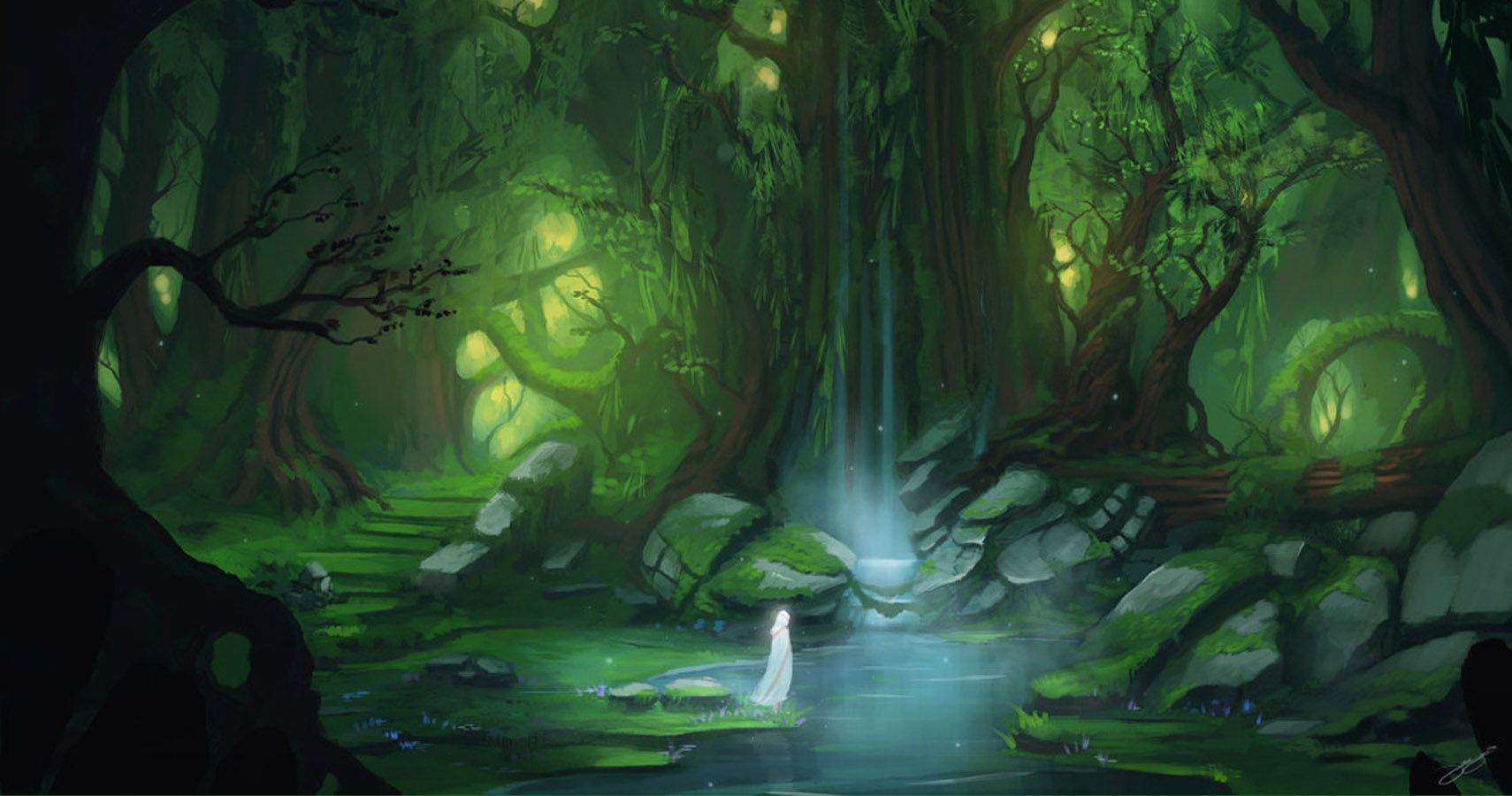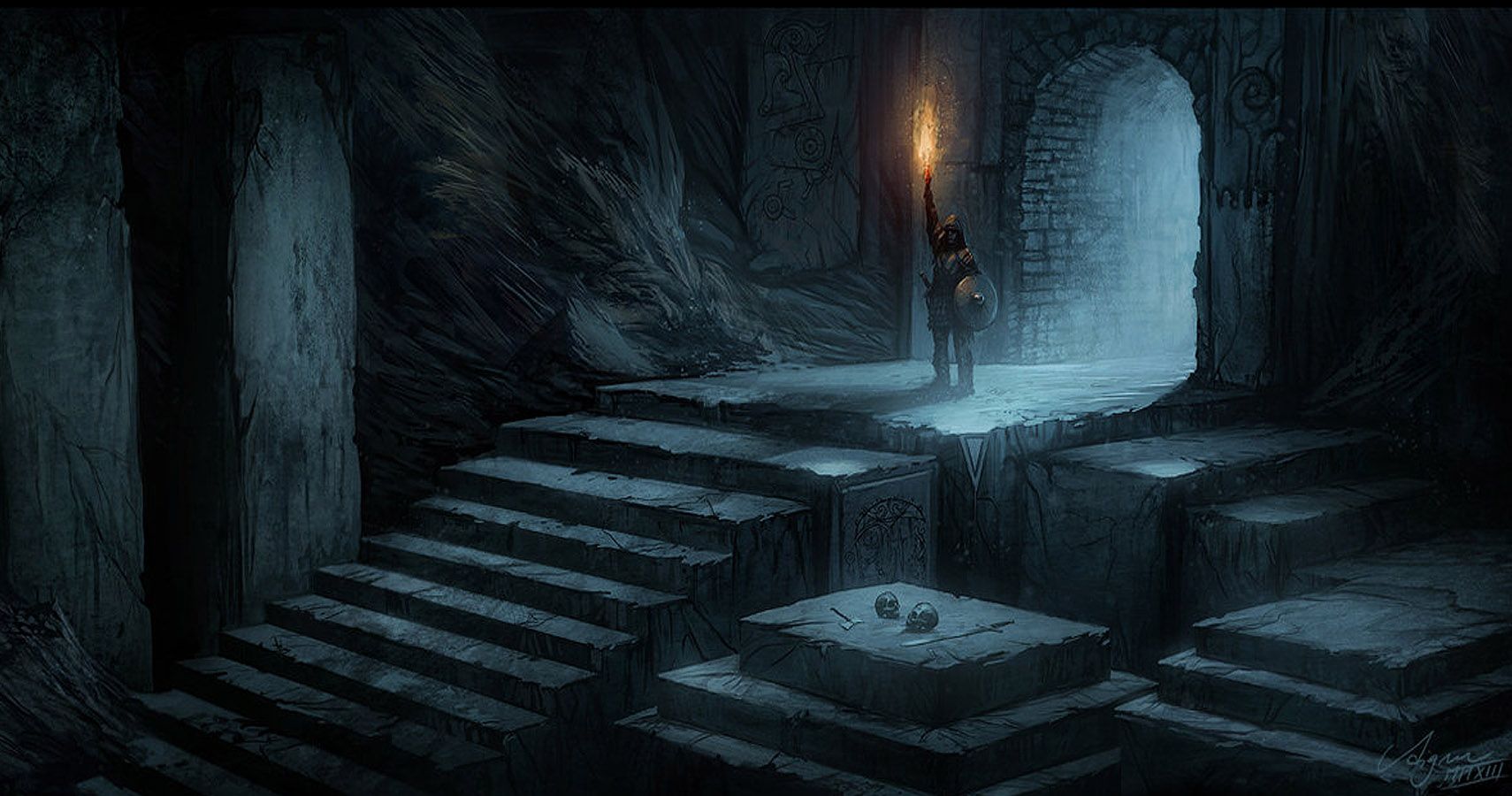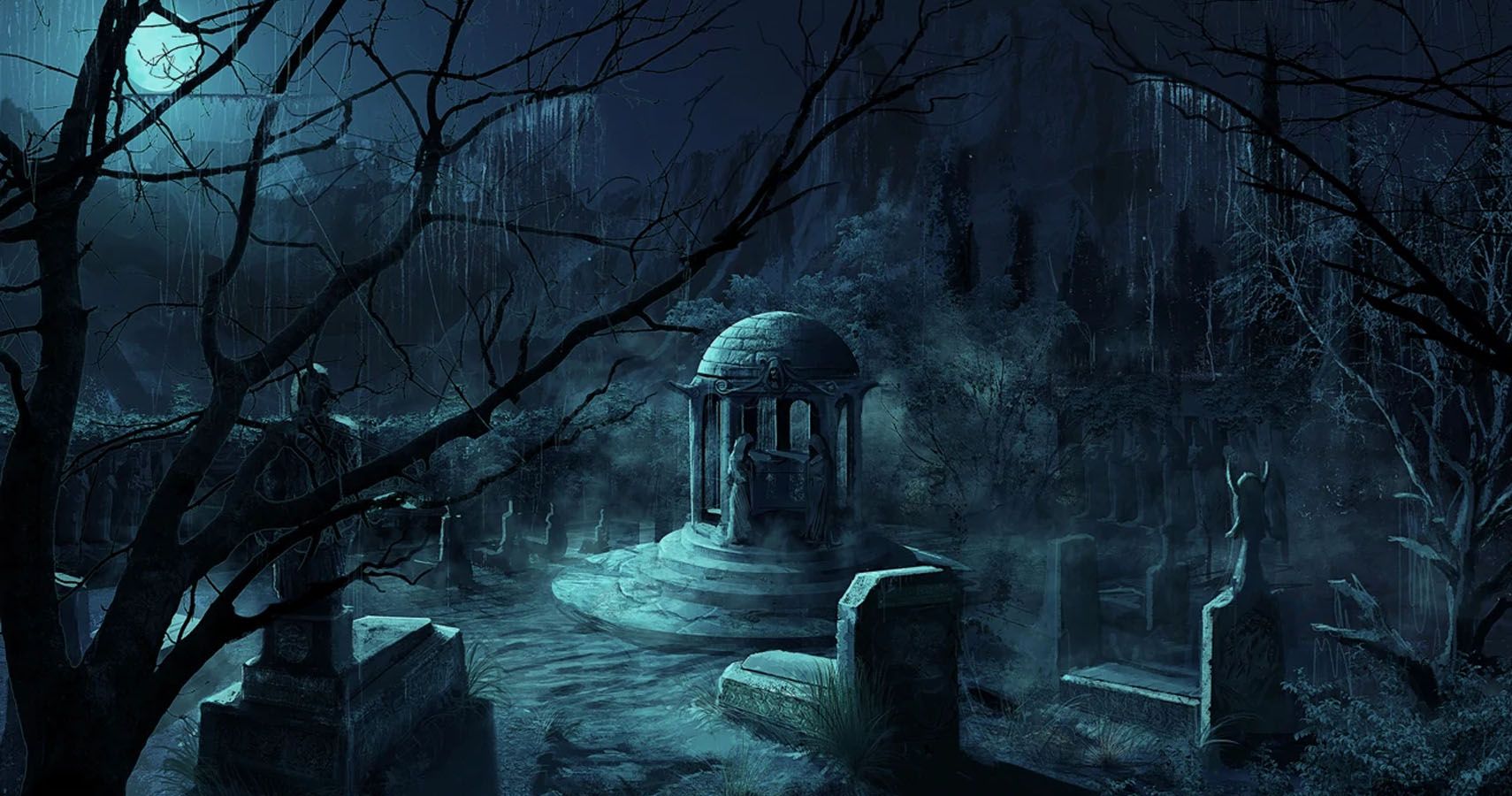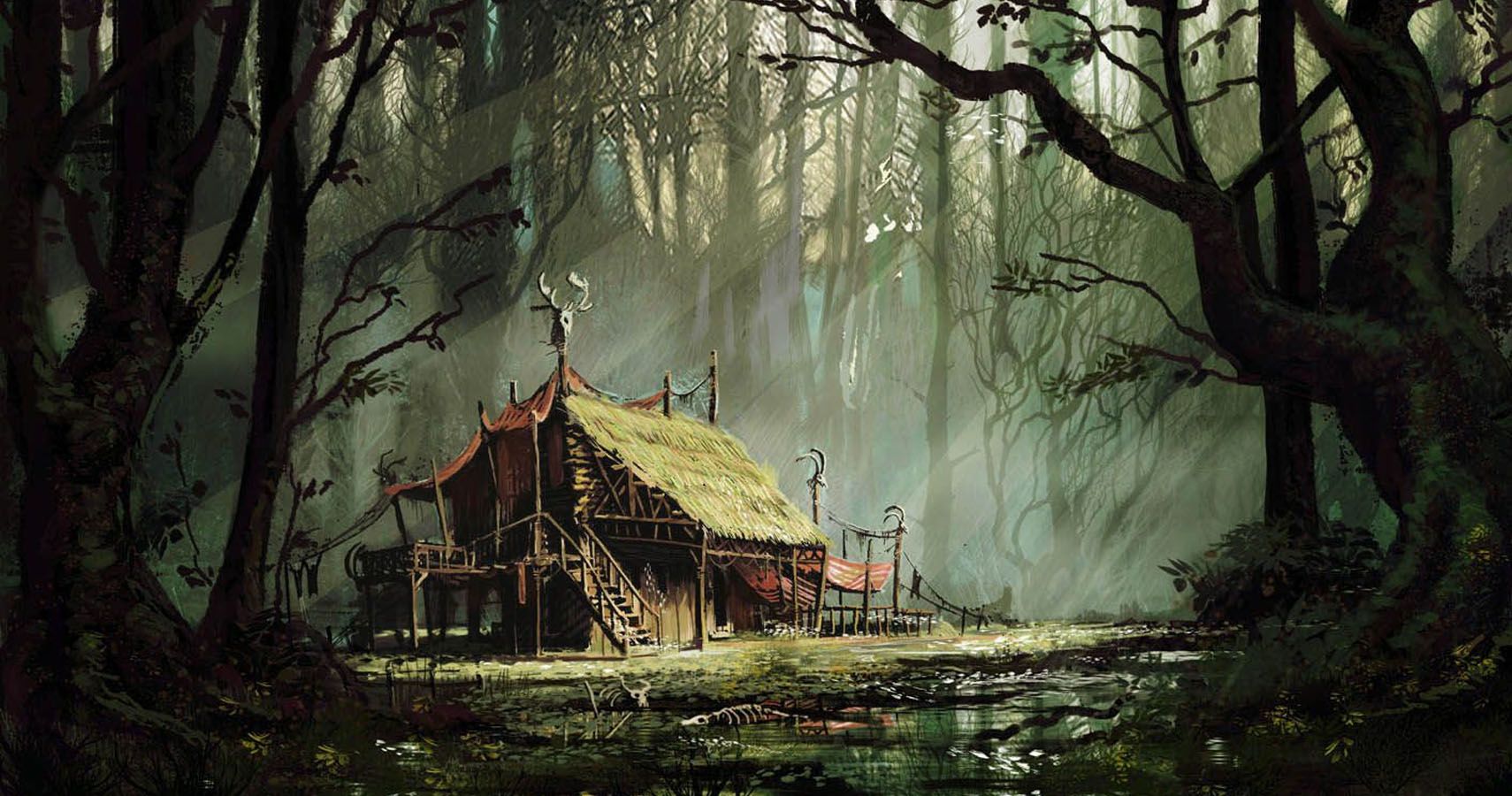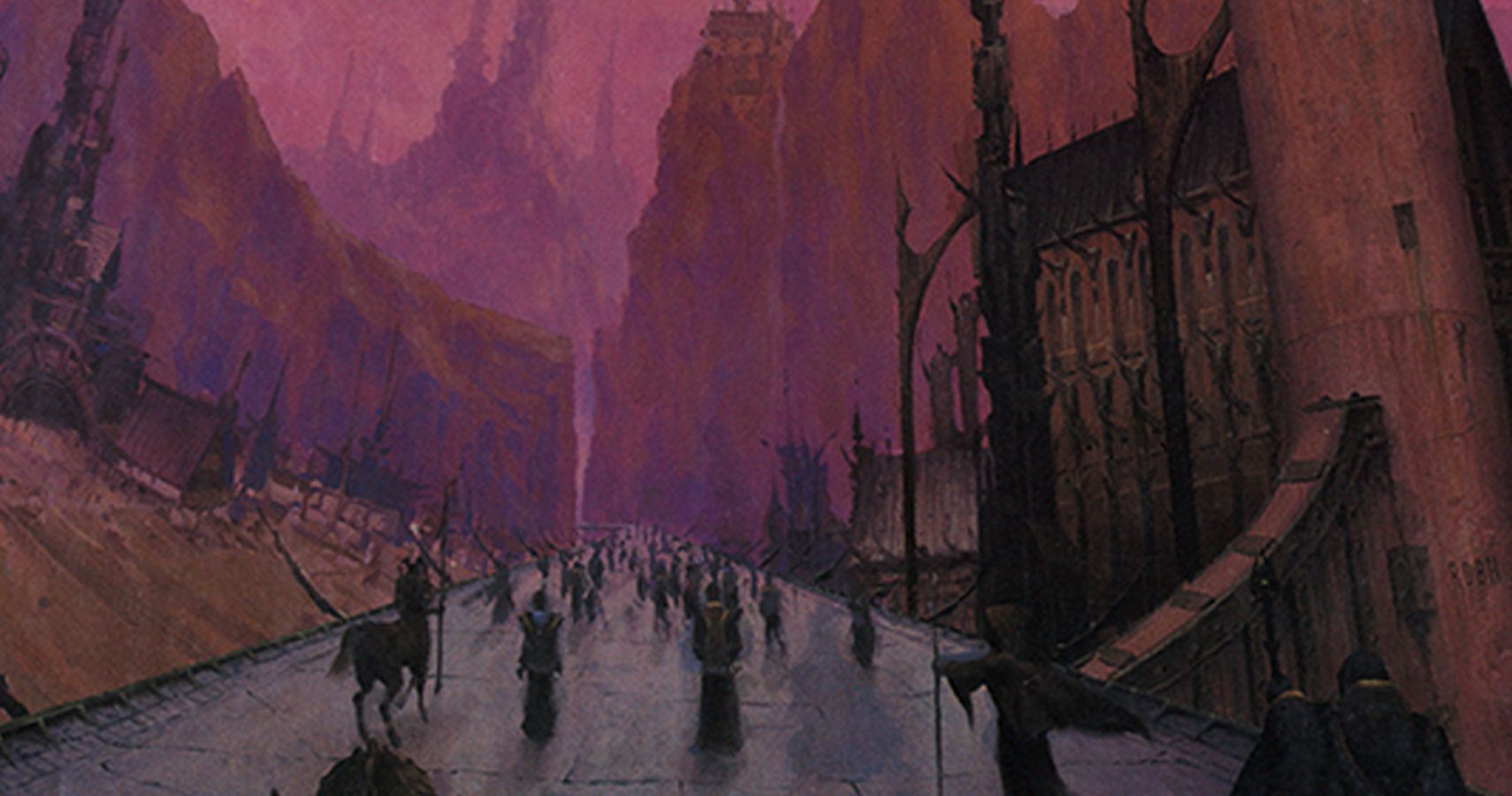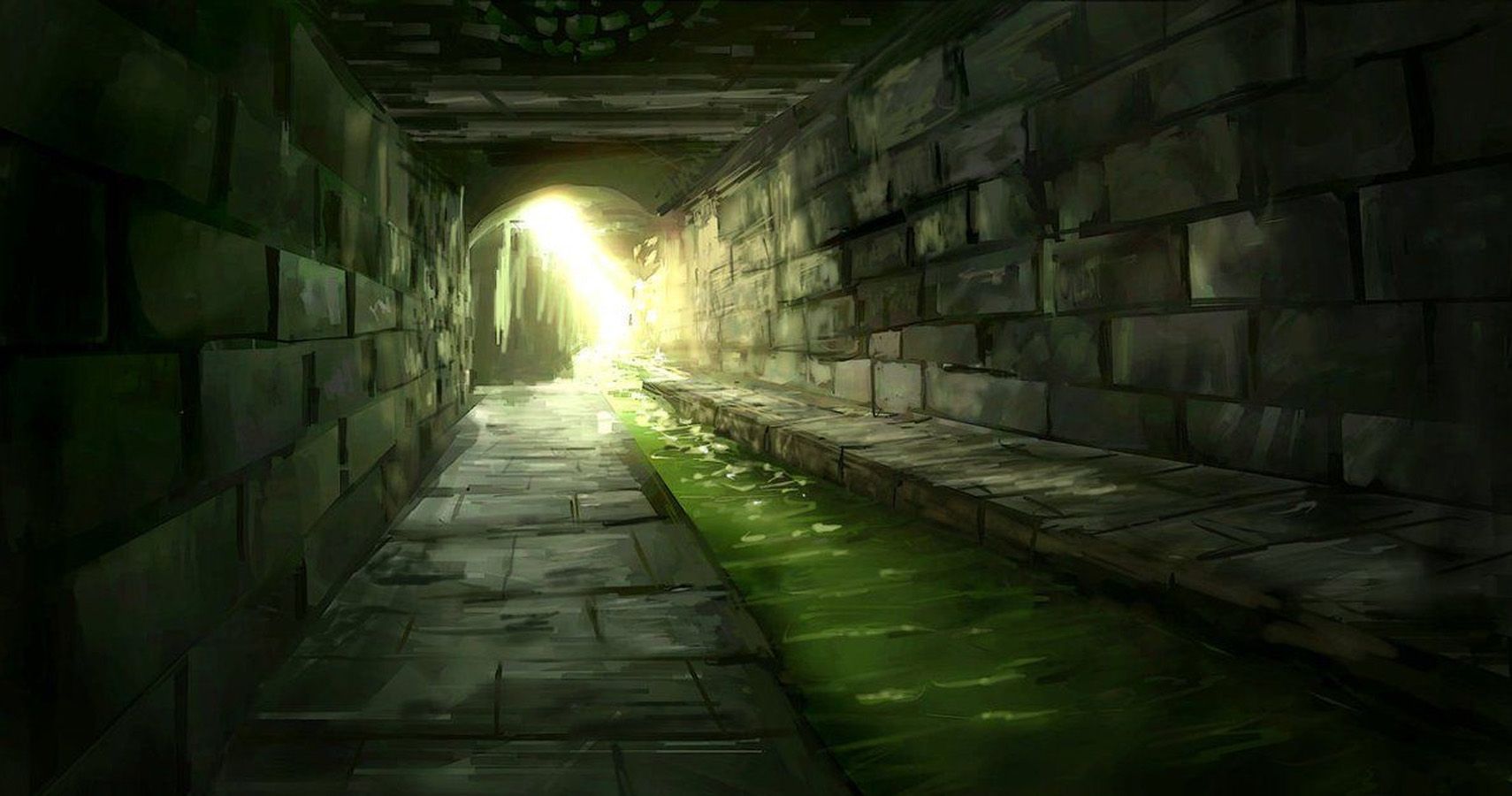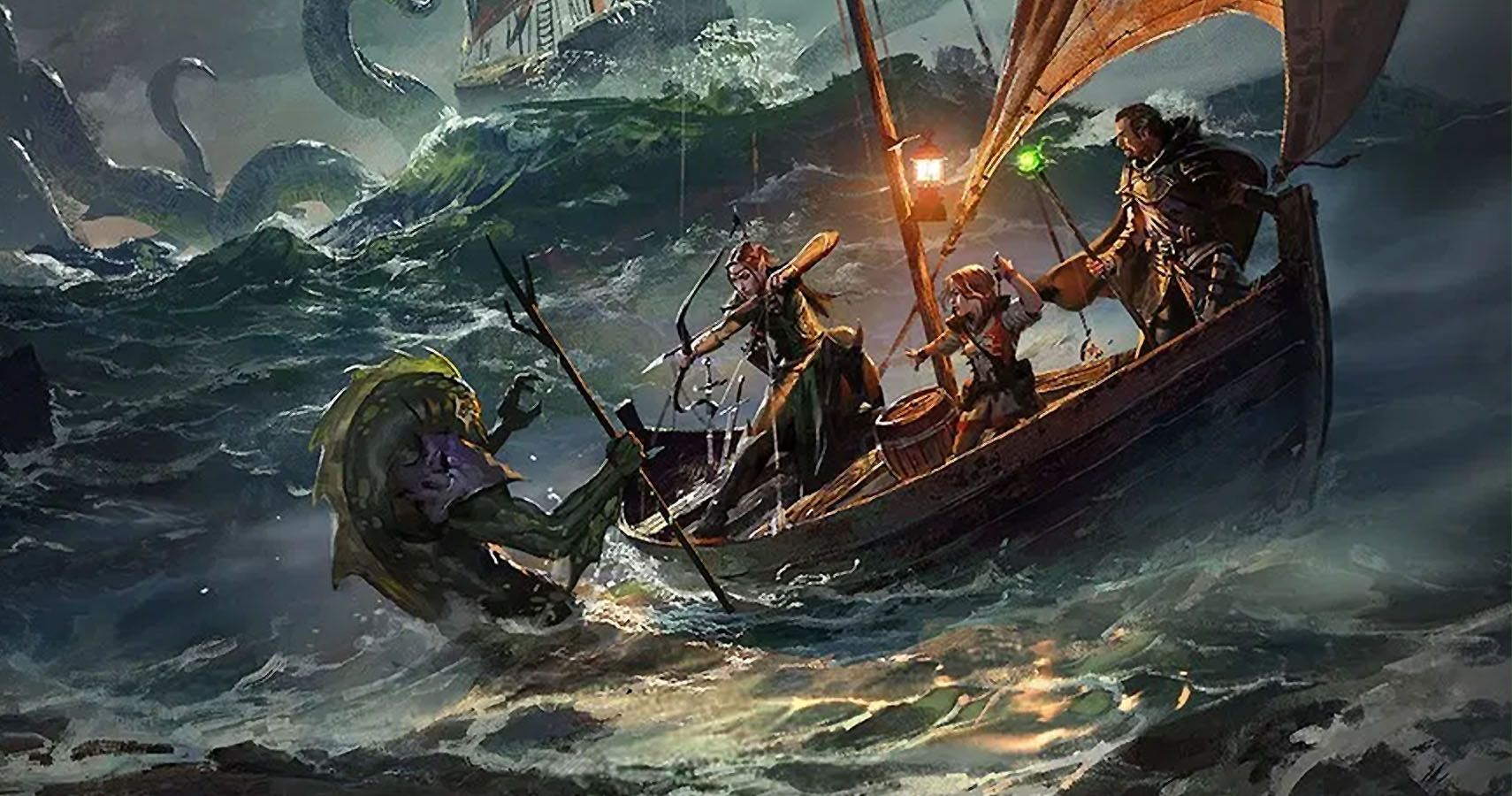A mistake a lot of people make while playing Dungeons & Dragons is to assume that since a location is safe in the real world it must be so in D&D. This can be a fatal mistake for the party to make.
Anything can happen in D&D; literally anything. That treasure chest might be alive and waiting to attack, that new sword the party found is actually a cursed berserker, or a portal might open below the party and deposit them in another plane of existence. Some of the most benign locations can be the most dangerous in Dungeons & Dragons – here are ten such simple locations a party should be on guard when entering.
10 A Tavern
The party is heading into a new town after several near death experiences in the last dungeon. The spellcasters are out of spells, all of the potions of healing have been used, and most of the party are below max hit points –the party needs a cozy inn in which to rest and a tavern to celebrate their victory.
This is not the time to start a bar brawl or let the thief in the party start picking pockets. Many DMs will have adventurer type NPCs (NPCs with levels in a class) in the taverns. Also, that farmer sitting at the bar might be retired town guard.
9 Isolated Villages
In general, villages are a welcome sight in D&D. They usually have a place to rest, stock-up on basic supplies, and occasionally have a small temple that provides healing services. In the D&D world there are hundreds of possible scenarios in which a village can be dangerous.
Here are a couple of these possibilities: the village might be populated with dangerous creatures that can change their appearance, like doppelgangers or lycanthropes; the people in the village are members of a cult that is granted supernatural powers by some evil power. If the party isn’t staying in town long it might be wise to have a party member stay with the horses.
8 Ancient Ruins
Imagine a long fallen castle far away from any civilized area, and overgrown with a tapestry of various shades of green from the vines and mosses. The only sound is the wind and the birds in the trees.
It seems like a peaceful location where the party is safe from harm. In the real world that is a safe assumption, but in D&D the party can get wiped out quickly making that assumption. Fallen ruins in D&D invariably have a horrific back-story that is made of refined nightmare fuel. The monster that felled the castle centuries ago might still be lurking nearby. The party should assume an area like this is a lair for something they might not want to fight – yet.
7 A Forest Glade
The party has been traveling through a thick forest when they suddenly come upon a small clearing with gentle green hills surrounding a beautiful sylvan pond. The majority of the time this location might be as pleasant as it seems. Situations like this should nevertheless send up a tiny red flag in the players’ minds.
Areas of natural beauty have a tendency to attract powerful nature spirits to guard them. These nature spirits do not like outsiders in their forest – they barley tolerate elves. Players might be surprised at how fast a group of leprechauns or fairies can destroy their party.
6 The Empty Entrance Hall
The party finally manages to open the huge iron doors to the ancient dwarven mines. The party peeks in to see…a huge, ornate entrance hall covered in dust – but devoid of any signs of life. It appears to be relatively safe, but this could actually be the most dangerous room in the dungeon.
There is a decent chance there is some form of society in a dungeon like this; it could be goblins, or trolls, or troglodytes. Also, a location like the entrance hall to an abandoned dungeon is very likely to have numerous traps waiting for trespassers.
5 Cemeteries
In the real world, cemeteries are generally quiet and peaceful locations. In D&D, cemeteries should be avoided unless it’s absolutely necessary. There are dozens (maybe hundreds) of different types of undead – most of them are not especially easy fights.
Additionally, don’t assume a cemetery is safe just because it is in the middle of a large city. They may seem safer, but are far more dangerous than a secluded rural cemetery. In addition to the usual possible dangers, the party now faces the possibility of being waylaid in a city cemetery. Waterdeep is a huge city and has one of the most dangerous cemeteries in all of D&D.
4 The Lonely Cabin In The Woods
Horror movies aside, this is not a location that ordinarily fills one with dread. However, DMs aren’t going to put a cabin in the woods for the party to find that doesn’t have some negative (possibly dangerous) aspect to it – they just don’t do it.
That cabin is there for a reason. Maybe it has the starting element of a memorable adventure waiting inside…or maybe it’s a house sized mimic. The point is it could be anything and, as stated, it was put there by the DM for a reason. Be careful until the party discovers that reason.
3 Extradimensional Spaces
The party should never linger in extradimensional spaces for too long unless they have a way to teleport themselves out. If the entrance closes behind the party they may be there for a while. Doing this is basically like walking into a giant spider’s web. The extradimensional space may itself be harmless, but there may be any number of triggers for the entrance to close.
It might close if anything made of gold exits the space, or if anything magical enters. Situations/locations such as this are what the arcane spell hold portal was made for. Memorize it twice before entering.
2 The Sewers
The sewers in real life are not that pleasant, but the biggest creature one is most likely to encounter is a large rat. In D&D the sewers can be deceptively dangerous. Some players might be inclined to think that whatever is down there can’t have too high of a CR.
Certainly, if something is in the sewers that is much of a threat to the city, then wouldn’t the city’s archwizard or town guard have dealt with it already? If the party is lucky they will only encounter some goblins or kobolds. If they’re not so lucky they might encounter umber hulks, vampires, or stumble upon a ceremony dedicated to an evil power.
1 A Ship At Sea
Being on a large sailboat as it sails open waters can be described as exhilarating at times; other times it may be described as serene. In D&D there is a word to describe a ship at sea – and that word is “deathtrap”.
The exception to this is if the party is tailored to ocean-going adventures, then the characters are at least equipped to survive. In the oceans of most D&D worlds are monsters so deadly they give nightmares to sharks. There are also many ocean-dwelling monsters in D&D that can easily sink a ship no matter how big and sturdy. Just travel over land unless the group desires a little adventure on the high seas.

